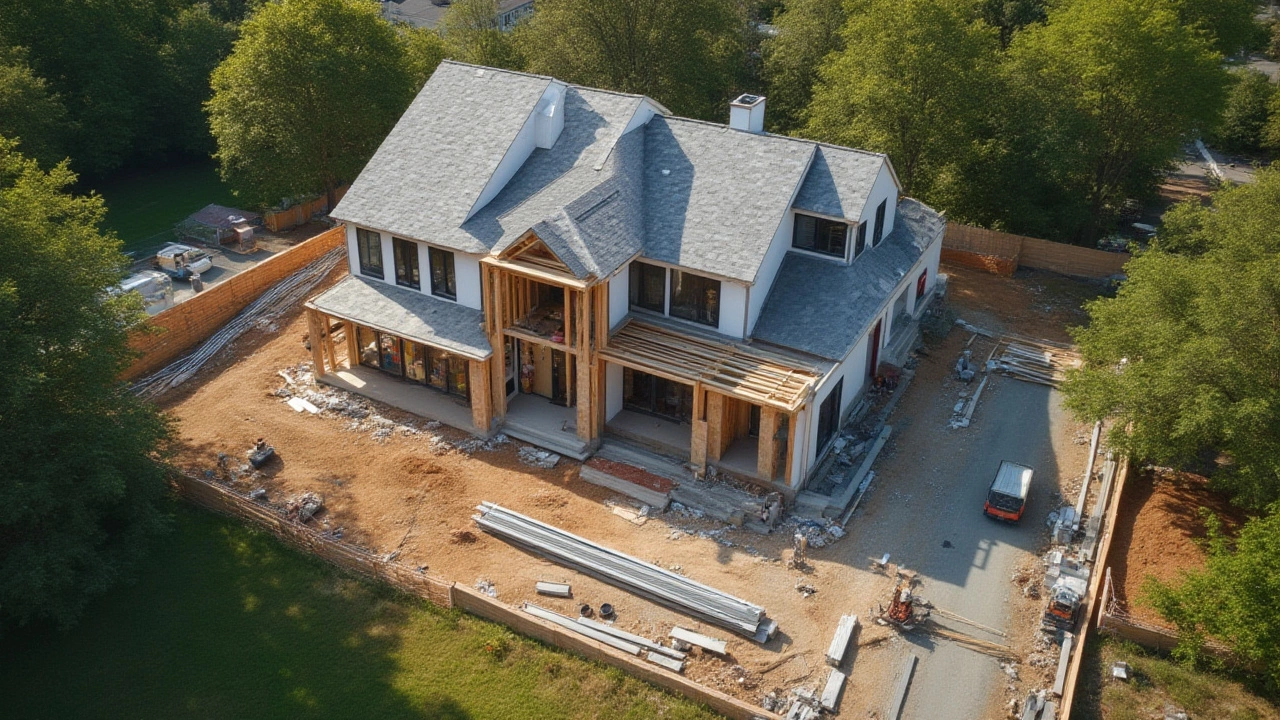Massachusetts Home Construction: Practical Advice & Trends
Thinking about building or renovating a house in Massachusetts? You’re not alone. Homeowners here face unique weather, strict building codes, and a market that values both style and durability. This guide gives you straight‑forward tips you can start using today, whether you’re planning a new build, a bathroom upgrade, or just picking the right floor.
Key Considerations for Building in Massachusetts
First up, know the local regulations. Massachusetts requires energy‑efficiency standards that impact insulation, windows, and HVAC choices. Talk to a certified contractor early so they can pull the right permits and avoid costly delays. Next, think about the climate. Cold winters and humid summers mean you’ll want materials that handle moisture well. Proper flashing, vapor barriers, and sealed foundations are a must to keep mold out and keep the structure sound.
Foundation health is another top priority. Look for cracks, uneven floors, or doors that stick – these are early signs of movement. If you spot issues, a structural engineer can recommend repairs like underpinning or piering before they become big expenses. In many Massachusetts neighborhoods, older homes sit on shallow footings, so a professional assessment saves headaches later.
Budgeting in the Bay State can be tricky because labor rates are higher than the national average. Break your project into phases: core structure first, then finishes. This lets you spread costs and adjust plans if you hit unexpected issues. Keep a contingency fund of about 10‑15% for surprise expenses – it’s a safety net that most homeowners regret not having.
Choosing the Right Flooring and Finishes
Flooring is where style meets function. For living rooms, engineered hardwood and luxury vinyl plank (LVP) dominate 2025 trends. Engineered hardwood looks classic, resists expansion, and works well over concrete slabs common in new builds. LVP is water‑resistant, making it a safe bet for kitchens, bathrooms, or basements that see a lot of moisture.
If you love the look of real wood but need extra durability, consider a high‑quality LVP with a wood‑grain finish. It’s easier on the wallet and handles Massachusetts winters without warping. For bedrooms, soft carpet can add warmth, but choose low‑pile options that don’t trap dust – especially important if you have allergy concerns.
Window coverings also affect energy use. Modern blinds or cellular shades keep heat in during winter and reflect sun in summer, helping your heating bill stay low. When picking colours, lighter tones bounce light and make small rooms feel bigger, while darker hues add drama to larger spaces.
Don’t forget lighting. Natural‑light‑mimicking LEDs cut electricity usage and create a comfortable ambiance year‑round. Pair them with task lighting in work areas and warm fixtures in living spaces for a balanced feel.
Finally, keep a checklist handy: permits, foundation check, insulation, flooring choice, window treatment, lighting plan, and a realistic budget with a contingency. Follow these steps, and you’ll move from dream to finished home without unnecessary stress.
Massachusetts home construction isn’t just about bricks and mortar; it’s about making smart choices that last. Use the tips above, stay organized, and enjoy a home that looks great, performs well, and holds its value for years to come.
True Cost to Build a 2000 sq ft House in Massachusetts: 2025 Prices, Real Facts & Tips
- Gavin Whitaker
- |
- |
- 0
Discover how much it costs to build a 2000 sq ft house in Massachusetts in 2025 with all the real numbers, facts, and expert tips covered right here.
View more